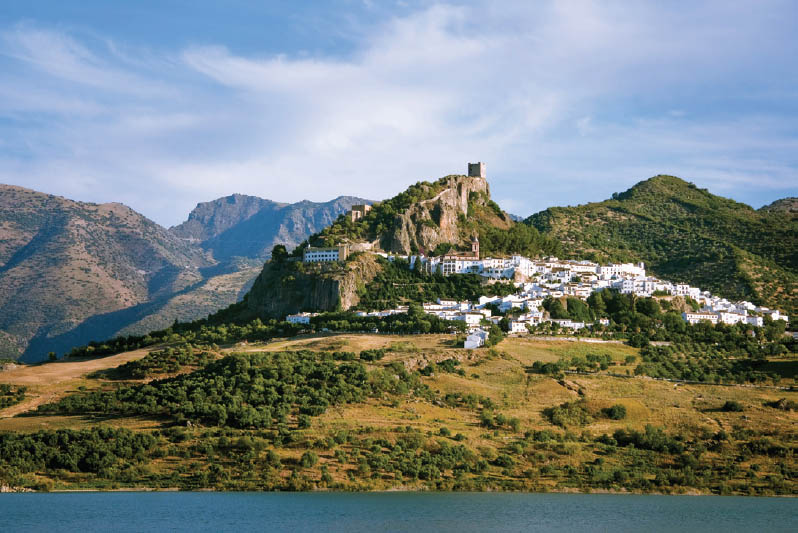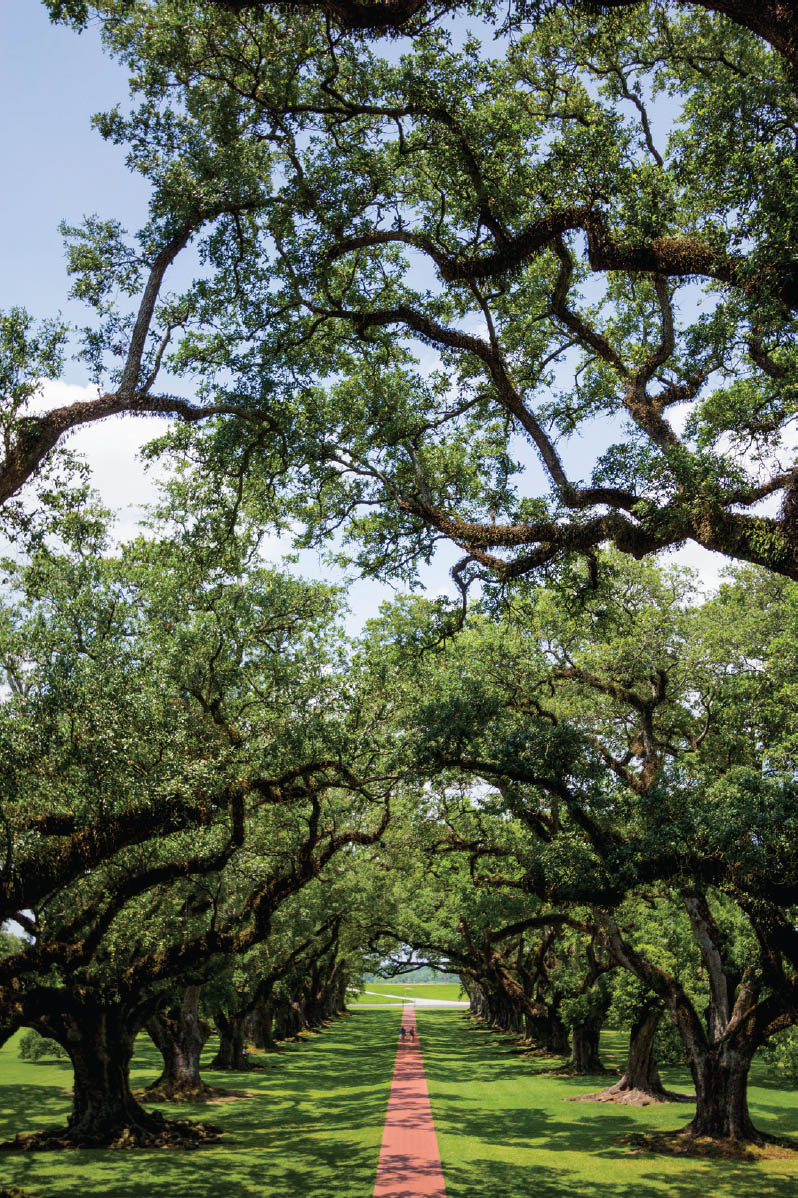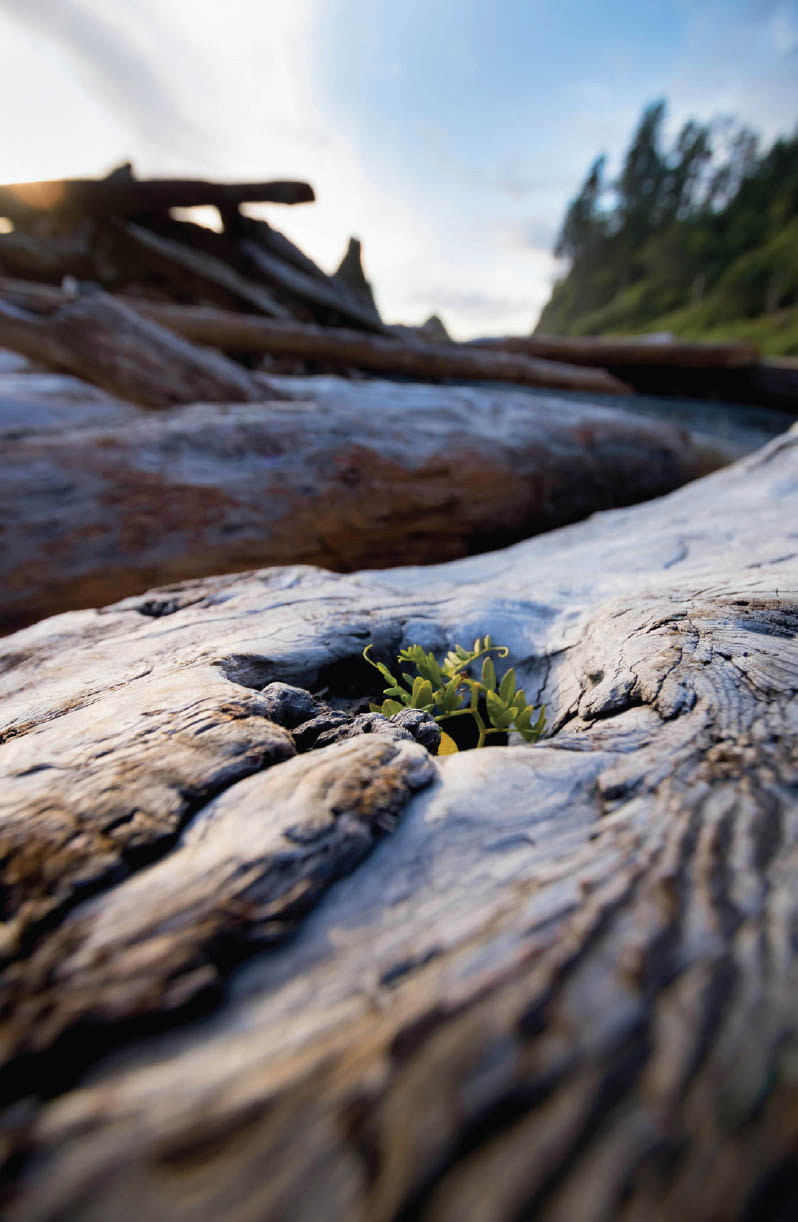51. RECAPTURING THE MAGIC

THERE IS NO high like the successful photographic capture. You experience the trip of a lifetime filled with new tastes, colors, sights, sounds, and emotions. You fill memory card after memory card with images that are so beautiful, that so perfectly encapsulate the experience you’re having, it almost feels like a spiritual awakening. With every shutter click, you think, “This is the shot I came here for” or “This one’s destined to be a cover photo.” No one has ever seen these sights the way you are seeing them right now. No one has ever thought to capture this perspective. You’re an explorer, an alchemist, a virtuoso, and the world has never contained a photograph that will parallel your current visual wizardry (Figure 51.1).
The Letdown
You return home from your adventure, wade through neglected emails and piles of credit card preapprovals, restock the fridge, clean the mud off your tripod feet, unpack your camera bag, and begin the task you’ve been looking forward to during your long trip home—the reveal of your unparalleled artistic majesty on your home computer. RAW files load into Lightroom, thumbnails giving a glimpse of that incredible experience, saturated in color and magic.
You pick one of the many shots that gave you such a boost in the field and pull it up in the developer window. Almost instantly, the magic evaporates. From the initial thumbnail preview to the big screen, something has been lost. You anxiously click through a few more shots, hoping it’s a fluke and fill with disappointment as your photographs feel flat, unimaginative, low contrast, and low impact.
Why did the images look so glorious in thumbnail and on the back of the camera? How could something have been so grievously lost in translation from that sacred moment of shooting to this underwhelming moment of review? You question your settings in the field. You question your composition. You might even question your skill as an artist. There is no low like the artist’s low of self-judgment, disappointment, and doubt.
For me and countless others, photography is a painfully bipolar experience. When you’re up, you’re up, and when you’re down, you’re so far in the dumps you need a shovel. There is so much excellent photography out there that it’s easy to feel like you’re only as good as your last “well-liked” photograph.
Maybe your impulse is to revisit your disappointing images in Lightroom and jack up the contrast, clarity, and vibrance to attempt to recapture some pizazz. Maybe, you blast through ten, twenty, one hundred images in a rapid-fire editing session boosting all the sliders you can to make those images seem as larger-than-life as they felt in the field. Maybe, in your desperation, you push HDR past the point of decency into the realm of crunchy and off-putting, hoping to recapture the magic that you saw. Maybe you work too long in the only direction you can think of and end up feeling more dejected than you did before. You’re not alone.
Give Yourself Some Credit
In the days of film, many of us felt the very same way when we finally got to that moment of truth—reviewing the enlargement. Not every image that looked good on a contact sheet could hold up in a big print, and the odds of success were measured differently. If you could find one or two printable shots on a roll of twenty-four or thirty-six that was worth developing, then you were in great shape. That’s an acceptable success rate of 2–16%.
You might spend hours in the darkroom, dodging, burning, filtering, adjusting exposure times, printing and reprinting just to get that one photograph printed exactly how you wanted it. There was an understood level of intricacy and effort for every single image, from the delicate moment in the field when you decided you had a subject worthy of a couple of precious exposures, and the careful adjustment of composition and camera settings, to the hours spent under the red glow of a safelight perfecting every square inch of print.
Even with that far more measured approach, we had a low expectation of our successful outcomes. Each final photograph was hours, if not days, in the making. Consider now that with gigabytes upon gigabytes at your disposal it is perfectly reasonable to return from a weeklong trip with 5,000 digital exposures, and it’s easy to see how hundreds, if not thousands, of those shots are destined to confound and depress you.
The digital camera is a world-changing instrument of access. With a moderate upfront investment, we’re no longer tethered to hours of working alone in cramped darkrooms or limited by the fear of wasting expensive film. We are freer and less judgmental of our photographic whims. With little to lose by overshooting, impulsivity overcomes exactitude. We shoot the same scene fifteen different ways, knowing in the field that just one perfect shot is needed, only to go home and wonder why every iteration doesn’t stand on its own (Figure 51.2).
51.1 This is one of my favorite photographs from my trip to Spain and its on the list of my favorite photographs I’ve ever taken. I felt good in this moment and knew I’d gotten my desired shot. Zahara de la Sierra, Spain
ISO 100; 1/320 sec.; f/5.6; 56mm
51.2 I have ten or so versions of this shot. I don’t need ten of them to be perfect. I just need one. Oak Alley Plantation, Vacherie, Louisiana
ISO 320; 1/1600 sec.; f/4.5; 22mm
The old guard of photography gets it. They are the tortoise to our hare. Slow and steady wins the race. One of the most intentional landscape and environmental portrait photographers I know, Jay Dusard, recently said, “So many people use a camera like a shotgun: they bag an image, but they aren’t seeing the details that go into it.” That very tendency, in large part, is responsible for the way we feel when the images on our screen don’t live up to the excitement from our memories.
Post-adventure photo letdown happens to lots of us. For me, the key is curating my work environment and revisiting my expectations. The artistic portion of photography doesn’t end when the shutter closes, but sitting in front of a computer is always going to be less romantic than the conditions in the field. Counteract the inherent shortcomings of the desktop setting. The darkroom was this beautiful creative bubble in which you could isolate and focus, while your work was literally the brightest thing in the room. Create a work environment that lets you focus in a similar way.
51.3 Lake McDonald, Glacier National Park, Montana
ISO 100; 1/125 sec.; f/3.5; 10mm
Disengage
I separate my day-to-day life from the photo editing process. Even the most magical rainforest scene can seem flat and lifeless if you’re in between loads of laundry while a stack of bills encroaches on your mousepad. You wouldn’t have found that rainforest scene nearly as enchanting in the field if you’d been listening to your Internet service provider’s hold music at the time.
Multitasking will kill the mood. Stay off Facebook. Put down your phone. Avoid anything that pulls attention away from your editing process. Even when Lightroom lags and you start to feel bored, avoid shifting gears to something else while your images load or process. Stay in the moment.
Set the Stage
I do my very best to mimic the conditions of the place I was shooting when I work at home. Photos of Spain are edited while listening to relaxing Euro coffeehouse music and sipping Spanish wine. Photos of a Caribbean sailing trip get a reggae soundtrack and a mango smoothie. Wedding photos get uplifting love songs and an energizing cup of coffee. I’ve even listened to dramatic movie scoring by Danny Elfman or John Williams while editing photos of a majestic place like Glacier National Park (Figure 51.3). Whatever your subject matter or photographic genre, you were employing every one of your senses when you originally made a photograph, so try to engage multiple senses while editing.
Revive
Think back to how you felt when you were shooting. Read your travel journals, or revisit the brochures you collected along the way. Put yourself back in your own shoes at the moment of each image’s creation (Figure 51.4). There was clearly something special happening that you wanted to capture. What was it? How did it make you feel? How would you describe it to a person who wasn’t there? Take a more exacting roll, drawing out the beauty and excitement from every single pixel. The magic of the photograph isn’t lost. The magic is waiting for you, the explorer, the alchemist, and the virtuoso, to revive it.
51.4 On a vast beach filled with beauty, I was taken by this tiny plant sprouting from a piece of driftwood. Ruby Beach, Olympic National Park, Washington
ISO 100; 1/200 sec.; f/4.5; 10mm




